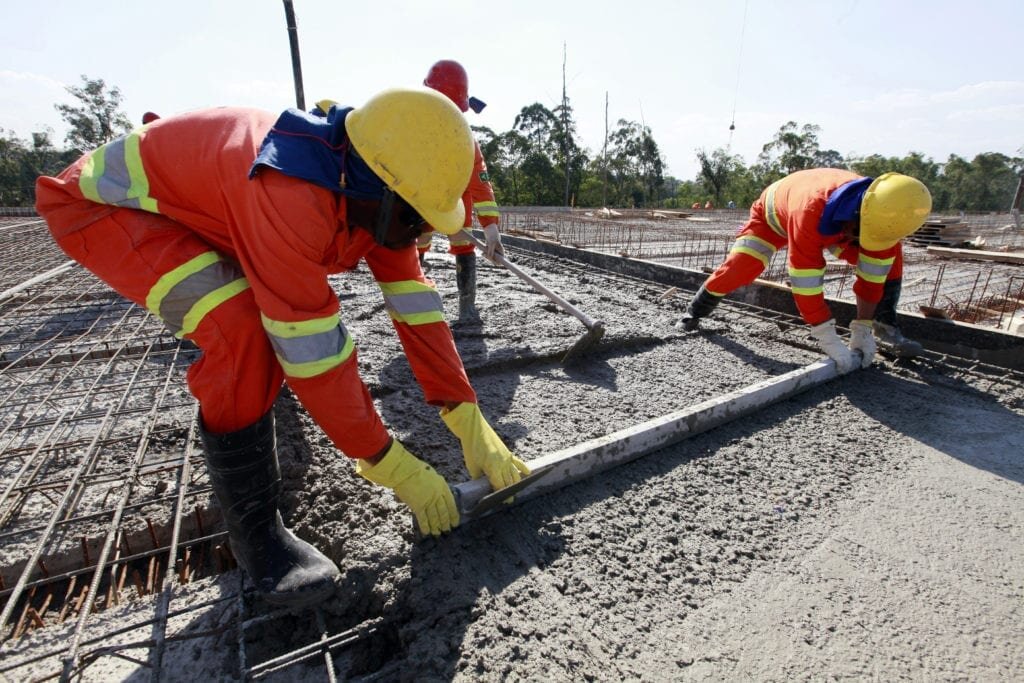Can Employees Working in a Group Be Lone Workers?
The idea of safety in numbers has been around forever. It’s common sense that being in a group can reduce risks from violence and accidents. What isn’t always common sense is the reality that groups of people are often at the same risk as an individual. In these situations, it’s important for employers to have a plan in place that covers not just lone workers, but groups of employees.In this post, we’ll look at what employers can do to create safety policies that protect both lone workers and larger groups of employees.
Workplace vehicle accidents
During 2013, transportation incidents caused 2 out of every 5 fatal work injuries in the United States. Employers can’t always stop accidents, but communicating with employees can help when things do go wrong.If workers travelling in a vehicle get into an accident, they may not be able to communicate. Scheduling a check-in can help employers know when their employees need help. Before employees travel during work, make sure that you know if they don’t reach their destination.
Isolated locations
Often the danger to employees comes from their environment. Poor air quality, chemical, and electrical dangers affect groups of employees and lone workers in the same way. In these situations, just having a panic button is not enough.Workers who can’t call for help are often the ones needing help the most. Using the buddy system only works when you can guarantee that one employee will always be safe. A check-in policy can help make sure that groups of isolated employees get help when they need it.
Threats from public violence
Threats from violence are a danger that employees working with the public face every day. Even in a crowd, employees can become isolated from each other at times. Relying on employees to look out for each other isn’t always an effective safety policy.Any time that an employee can become isolated, you need to consider them a lone worker. Plan for your employees to communicate when they’re out of sight, and make backup plans for employees who can’t communicate at all.
Building an inclusive safety policy
An effective workplace safety policy means being able to account for every employee. The next time you plan for the threats in your workplace, think about groups of employees who could be lone workers. Reducing the risk to employees can be as simple as using a lone worker safety policy. A lone worker system like SafetyLine can help. Using check-in timers and emergency alerts, SafetyLine communicates for workers no matter their dangers.
Working alone should never mean working without support. With the right lone worker safety solutions, employees can stay connected, monitored, and protected, no matter where they are. Explore our safety devices, check out our pricing, and learn more about the benefits of proactive lone worker monitoring. If you have questions, visit our FAQ page for more details.

